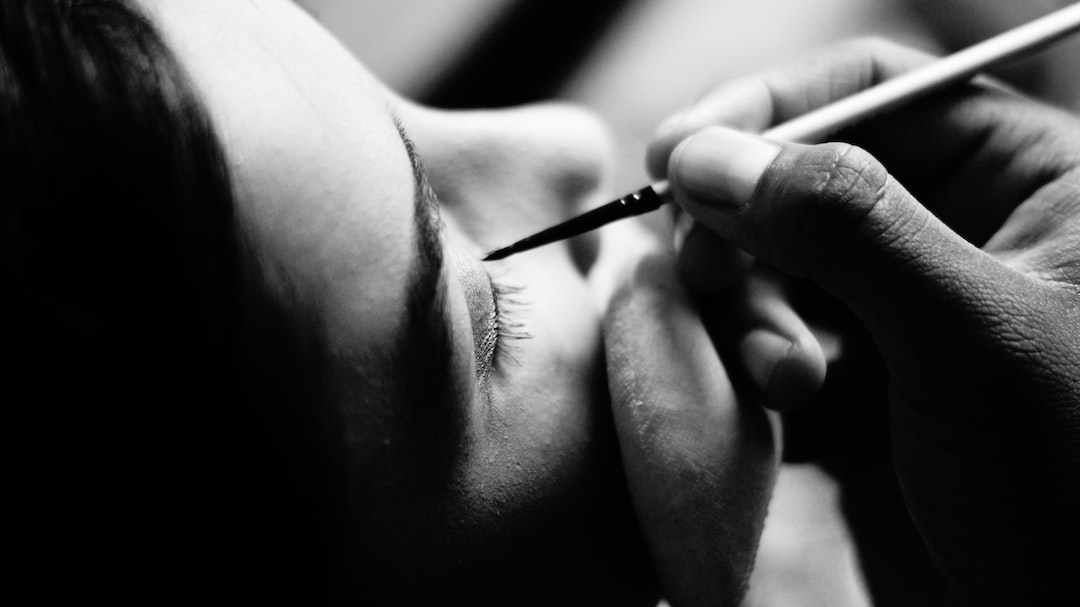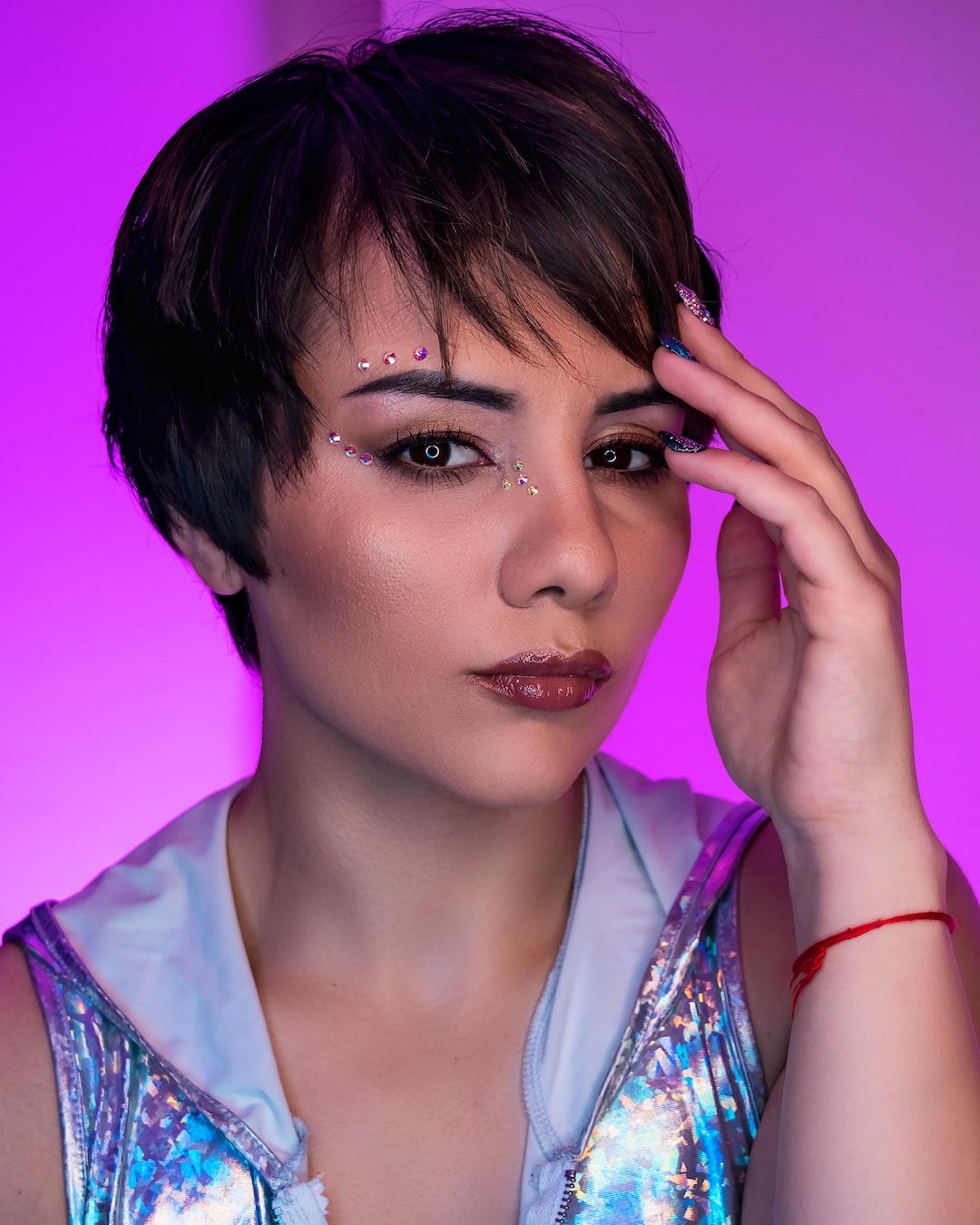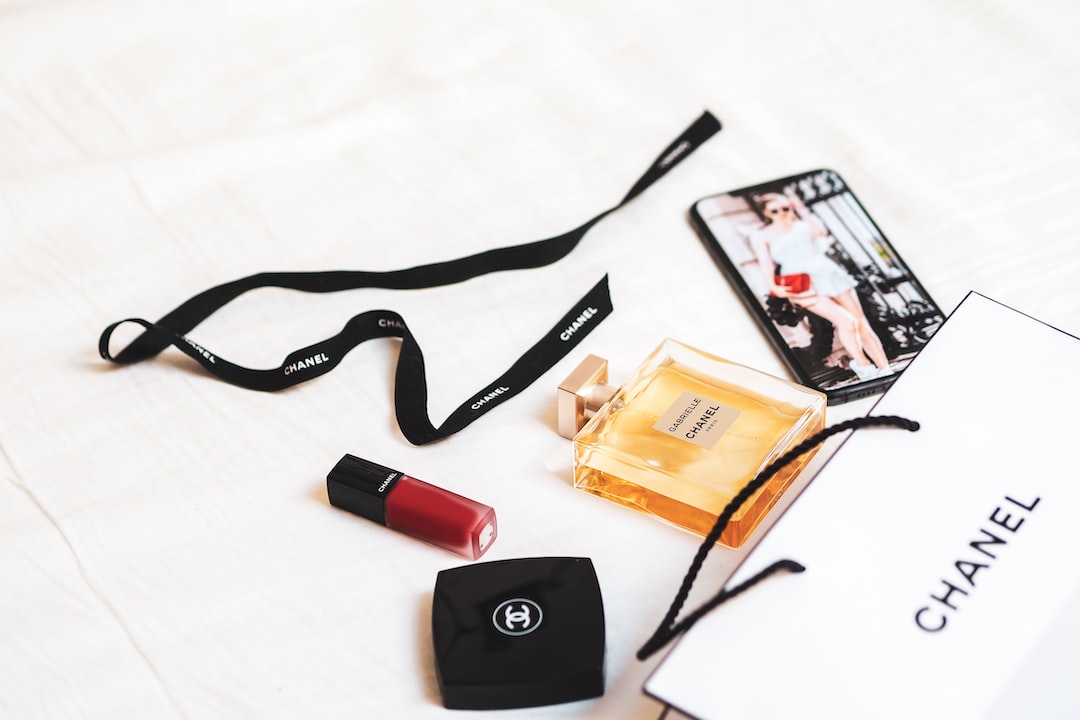Laser hair removal is a popular method for getting rid of unwanted hair in various parts of the body, including the bikini area. It offers a more long-lasting solution compared to other hair removal methods like shaving or waxing. However, before deciding to undergo laser hair removal for the bikini area, it is important to understand its benefits, considerations, and potential risks.
The benefits of laser hair removal for the bikini area
1. Long-lasting results: Laser hair removal targets the hair follicles, inhibiting future hair growth. This leads to a significant reduction in hair growth in the treated area, providing long-lasting results.
2. Precise and effective: Laser treatments are highly precise, selectively targeting the hair follicles without damaging the surrounding skin. This makes it an effective solution for removing hair in the sensitive bikini area.
3. Saves time and money: Unlike temporary hair removal methods, such as shaving or waxing, laser hair removal requires fewer sessions and provides long-lasting results, saving both time and money in the long run.
Considerations before undergoing laser hair removal for the bikini area
1. Skin and hair type: Laser hair removal works best on individuals with light skin and dark hair. People with darker skin tones or lighter hair may require different laser settings or alternative hair removal methods.
2. Sensitivity and discomfort: The bikini area is more sensitive compared to other parts of the body, and some discomfort may be experienced during the treatment. However, advancements in laser technology have made the procedure more comfortable over the years.
3. Multiple treatment sessions: Laser hair removal typically requires multiple treatment sessions spaced a few weeks apart to achieve optimal results. It is important to commit to the recommended number of sessions to fully target all the hair follicles.

Potential risks and side effects
1. Skin irritation: Some individuals may experience temporary redness, swelling, or irritation in the treated area. These side effects usually subside within a few hours or days.
2. Changes in skin pigmentation: Laser hair removal may cause temporary or permanent changes in skin pigmentation, particularly in individuals with darker skin tones.
3. Infection or scarring: While rare, there is a risk of infection or scarring if proper aftercare instructions are not followed after the procedure.
Laser hair removal can be a good option for removing unwanted hair in the bikini area, offering long-lasting results and a more convenient solution compared to other methods. However, it is important to consider your skin and hair type, potential side effects, and undergo the recommended number of treatment sessions for optimal results. Consulting with a qualified professional is essential to determine if laser hair removal is suitable for you.




